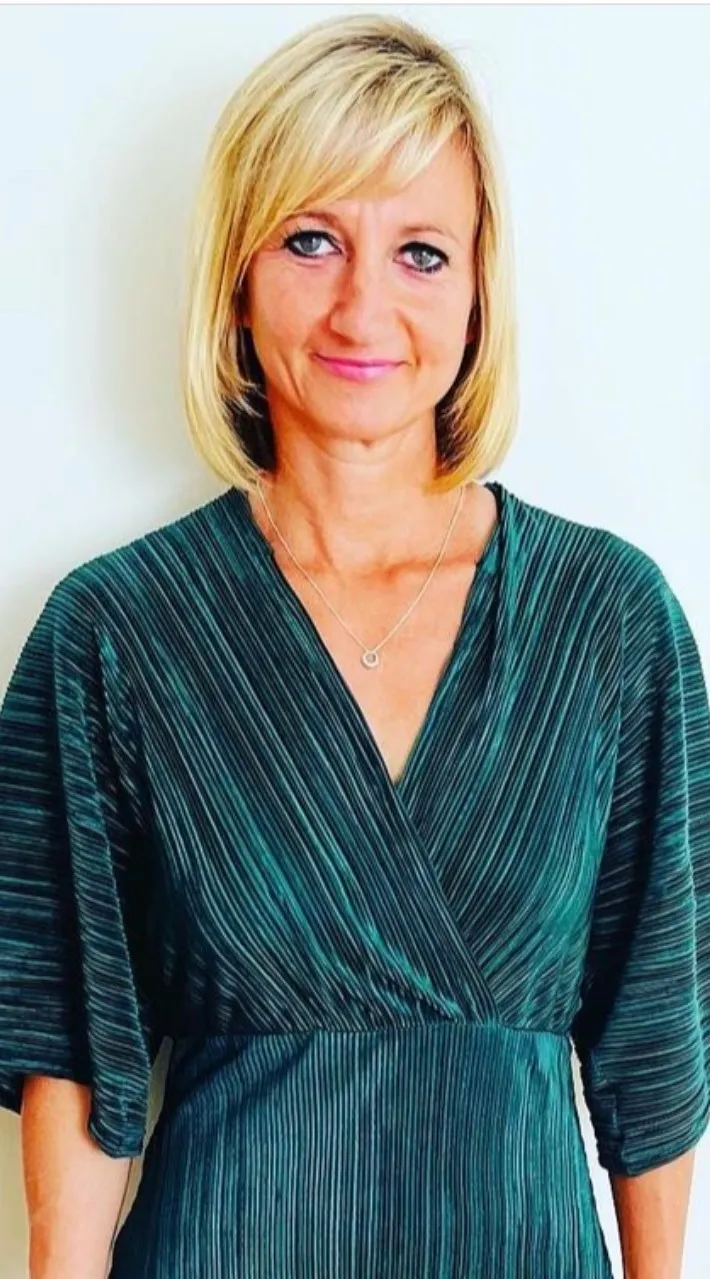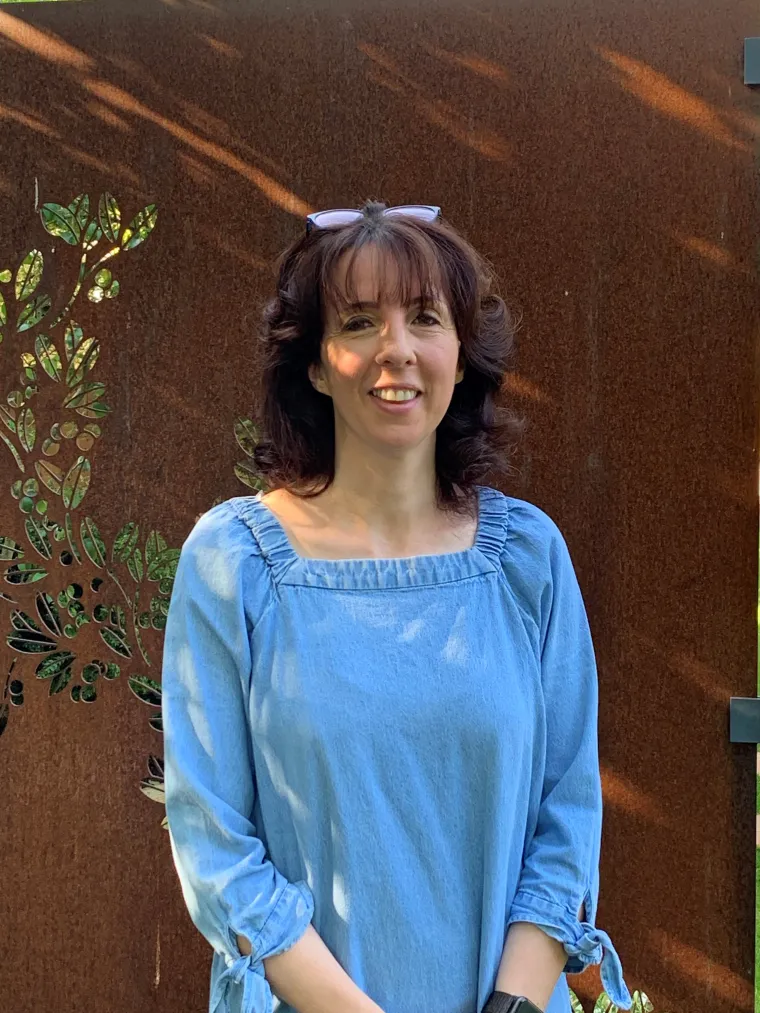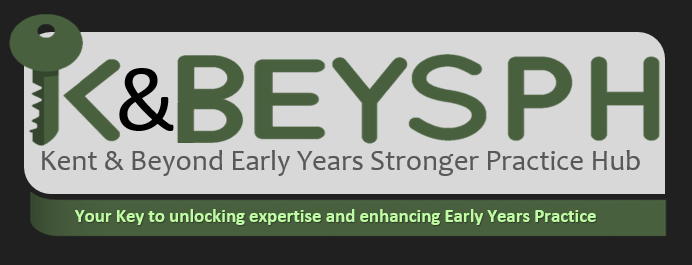
Hayley Symons and Tracey Wilson are Early Years Improvement Advisers working for The Education People’s Early Years and Childcare Service. They are both passionate about supporting practitioners phonics teaching to our youngest children and recently delivered two webinars called Ten Top Tips for Pre-Phonic Development and Pre-Phonic Development Linked to Stories, for Kent Early Years Stronger Practice Hub. These were really well received with comments such as’ Brilliant refresher for pre-phonics - loved the ideas’ and, ‘loved the way the teaching was delivered. Enjoyed the activities, resources and the use of books’. Recordings of these webinars are available on request, email [email protected]
Here, they write about the importance of a ‘Sound Foundation’ to support children’s pre-phonic development and how to use storytelling and shared reading to make a real difference.
5-minute read. January 2025
A ‘Sound’ Foundation – Making the most of storytelling and shared reading to support children’s pre-phonic development
Think back to a moment when you have had the opportunity to wallow in a story with a small group of children. It is magical!
Warm, shared and playful encounters with story books, from the very earliest age, really matters. Finding the joy in reading motivates and hooks young children with literary activities and the process of learning to read.
But do we fully recognise how collaborative storytelling and shared reading contribute to young children’s pre-phonic experiences?
Picture the scene
Two pre-school children are looking at the story book ‘Tanka, Tanka, Skunk’ by Steve Webb, which is a setting favourite. They are chanting the story from memory to a rhythmic beat of their own creation. More children are drawn to join in, and a sensitive practitioner becomes an active participant in the children’s retelling of the story. Before long the children are tapping out the syllables of the different animals using body percussion to refine the beat of their rhythmic chant.
Moments like this happen in every setting on a daily basis and contribute to young children’s broadening communication and language skills, but do we always recognise the full contribution that this makes to a child’s pre-phonics skills.
A Sound Foundation
Early book sharing and storytelling is so important for later language and literacy.
The foundations of phonics, being able to decode the patterns of sounds in printed words, lie in children’s developing ability to distinguish and play with environmental, instrumental, spoken sounds and language.
The world of stories is full of sounds, tuning in with babies and children to what they hear and pointing out familiar and unfamiliar sounds helps them notice and attend to the sounds around them.
We need to give young children and babies lots of exposure to active storytelling experiences so that they begin to notice and manipulate the range of sounds that they hear. Their developing brains need lots of opportunities to hear and explore sounds, rhythms and oral language to support their dexterity in finding and making patterns of sound. Storytelling and sharing stories provide a meaningful context for children to practice recognising and manipulating the sounds of language in fun and engaging ways.
How can stories be used to support pre-phonic development?
To support young children to develop their pre-phonic skills through storytelling and shared reading experiences, the following strategies are helpful:
- Exploit book sharing and storytelling to allow for dynamic engagement between educators and children – it is a social experience!
- Make the most of story illustrations. A key pre-phonic skill that young children need to develop is good visual discrimination and memory. Before children are able to see the similarities and differences between letter shapes, we need to provide lots of opportunities for young brains to visually distinguish and remember visual content – picture books are perfect!
- Storytelling and shared reading are audible experiences. Stories provide opportunities for children to tune into sounds, to develop sensitivity to what they hear, and to begin to discriminate between sounds. Interactive story telling is a great way to achieve this. Rhyming and rhythmic texts support young children to discriminate sounds. The ability to identify rhyming patterns in an audible way, give children experience of listening and joining in, breaking down words into units of sounds or syllables. These are fundamental aspects of developing children’s phonological awareness.
- Evidence Informed Practice
We see a growing number of settings utilising evidence informed practice to help shape their provision. This is a really good way to help educators build their confidence and skills to introduce strategies and approaches into their practice. If you are looking to enhance your story sharing and story-telling practices to support children’s pre-phonic development this is a great place to start.
The EEF’s Preparing for Literacy: Improving Communication, Language and Literacy in the Early Years Guidance Report makes several recommendations which represent ‘lever points’ where there is useful research evidence about communication, language and literacy teaching that educators can use to make a difference to young children’s learning.
Recommendation 2 is key. It clearly shows that developing approaches to early reading is such an important foundation for developing children’s phonological awareness.
Download the Recommendations Poster
As a starting point remember that this is not a stark standalone recommendation. There are a wealth of resources that can help you on this journey including the early years evidence store for literacy.
The evidence store has been designed to support DfE’s Stronger Practice Hub Programme work with early years providers, but it can be used by everyone working in the early years. This is truly a universal resource for everyone.
The materials are really accessible and provide a summary of evidence-informed approaches to help educators to understand and reflect on their early literacy practice. The approaches illustrated focus on:
- Interactive reading
- Teaching sound
- Teaching sound manipulation
- Teaching sound-letter mapping
Alongside the document there are also film clips of educators in action which can provide inspiration for all of us working with young children. These approaches can be used flexibly to match developmental needs and encourage emerging interests and understanding of young children.
In summary
Sharing stories and storytelling needs to be highly valued in the early years to ensure that children can foster a love of books from an early age. It is also crucial that educators and parents understand the early stages of reading development so they can make story time a priority. When children are given plentiful opportunities to share stories with interested adults, their language, communication and comprehension skills naturally develop, providing a strong and secure foundation for their phonics learning.

